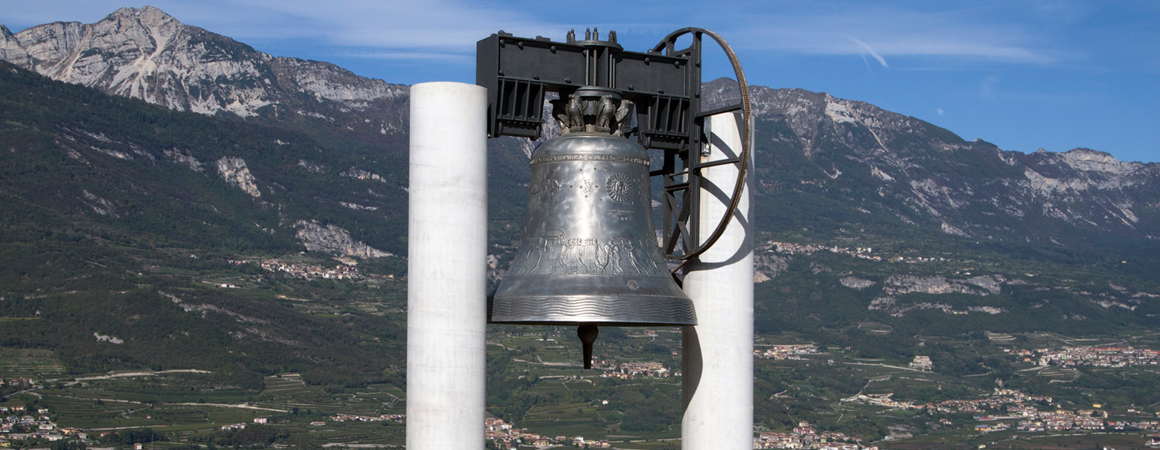HAPPENING AT THE UNITED NATIONS
WORLD DAY AGAINST TRAFFICKING IN PERSONS
Some believe that to combat trafficking it is enough to close the ports. Then there are those who are convinced that smugglers and traffickers are one and the same. There is also talk that by removing the gangmasters, exploitation and enslavement might be defeated once and for all. Sometimes it seems that there is confusion between the executioners and the victims.
According to those who deal with trafficking professionally the issue is wider. It involves organized crime and it cannot be fought with local, partial measures that do not take the overall phenomenon into account. More than 60 years after the Declaration of the Rights of the Child, which dates back to 1959, millions of children and juveniles continue to work in various countries around the world; in mines or mineral deposits where access for adults is difficult; very young girls are initiated into prostitution; armies recruit child soldiers; terrorist organizations force minors to "blow themselves up" in the name of some misguided ideal. Fighting all this by blaming those who arrive on the boats is not only wrong but is also useless.
World Day Against Trafficking in Persons, which takes place every year on 30 July, serves to reflect on the fact that over 20 million people are victims of forced labour in our developed world. The data is provided by the International Labor Organization (ILO) and no one is excluded, since the phenomenon affects all countries of origin, transit and destination of the victims. And that means us. According to the report on human trafficking by the United Nations Office on Drugs and Crime (UNODC), almost a third of the victims are minors. 71 percent are women and girls.
Over the years, the UN General Assembly has promoted various initiatives, so things are moving but perhaps still too slowly. In 2010, a Global Plan of Action was adopted which urges the governments of all countries to take coordinated and coherent action to defeat this scourge. In 2013, a high-level meeting was held to evaluate the results of the initiative and the date of July 30 was designated as World Day against Trafficking in Persons. The resolution underlines the importance of this day, with the aim of raising awareness of the situation of victims of human trafficking and promoting their rights. In September 2015, governments around the world joined the 2030 Agenda for Sustainable Development, also welcoming the objectives and targets concerning trafficking. In 2016 with the New York Declaration for Refugees and Migrants, all 193 member states of the United Nations made the historic commitment to arrive at a more equitable sharing of responsibilities regarding refugees around the world. Important changes have been implemented in several countries with regard to asylum legislation, policies and response actions.
The approach of the United Nations, by its global vocation, is necessary but not sufficient. There is a need for long-term policies by individual states, not just ideal positions. It does not seem particularly useful to blame immigrants as there are grave suspicions that they are in actual fact the main victims.
Over 20 million people around the world are victims of forced labour







